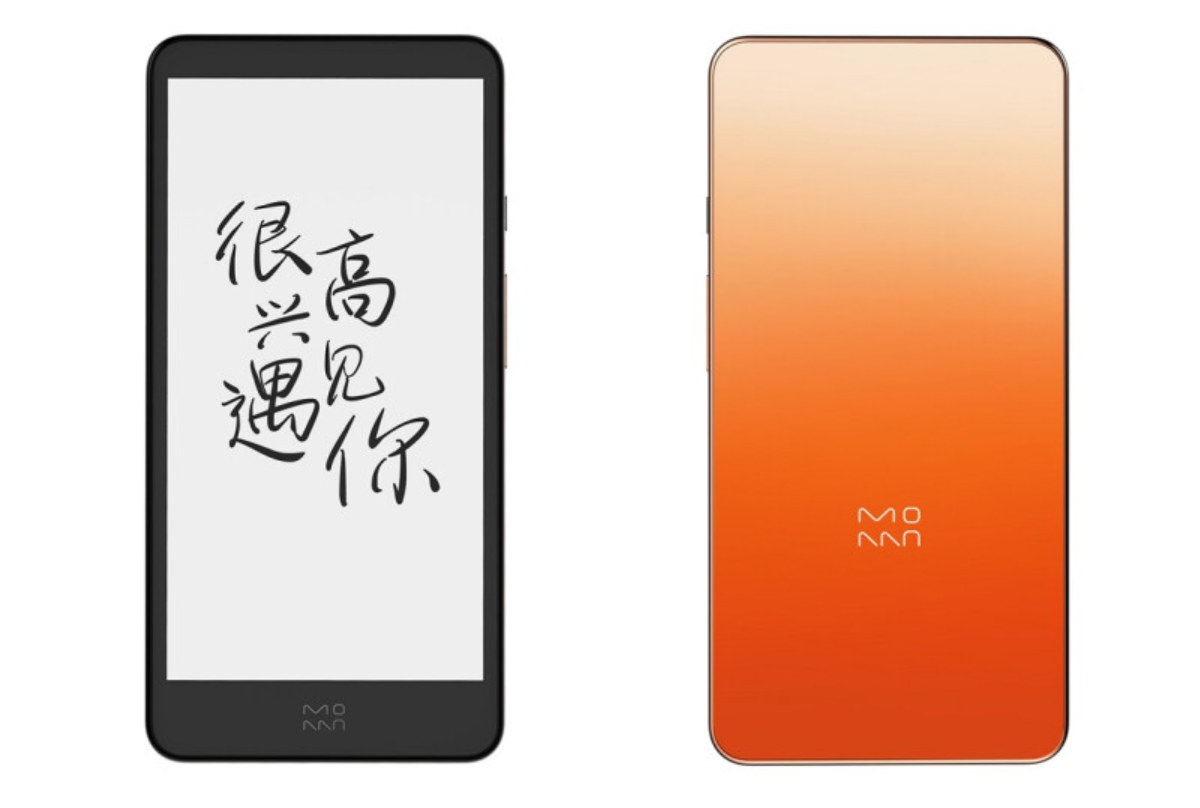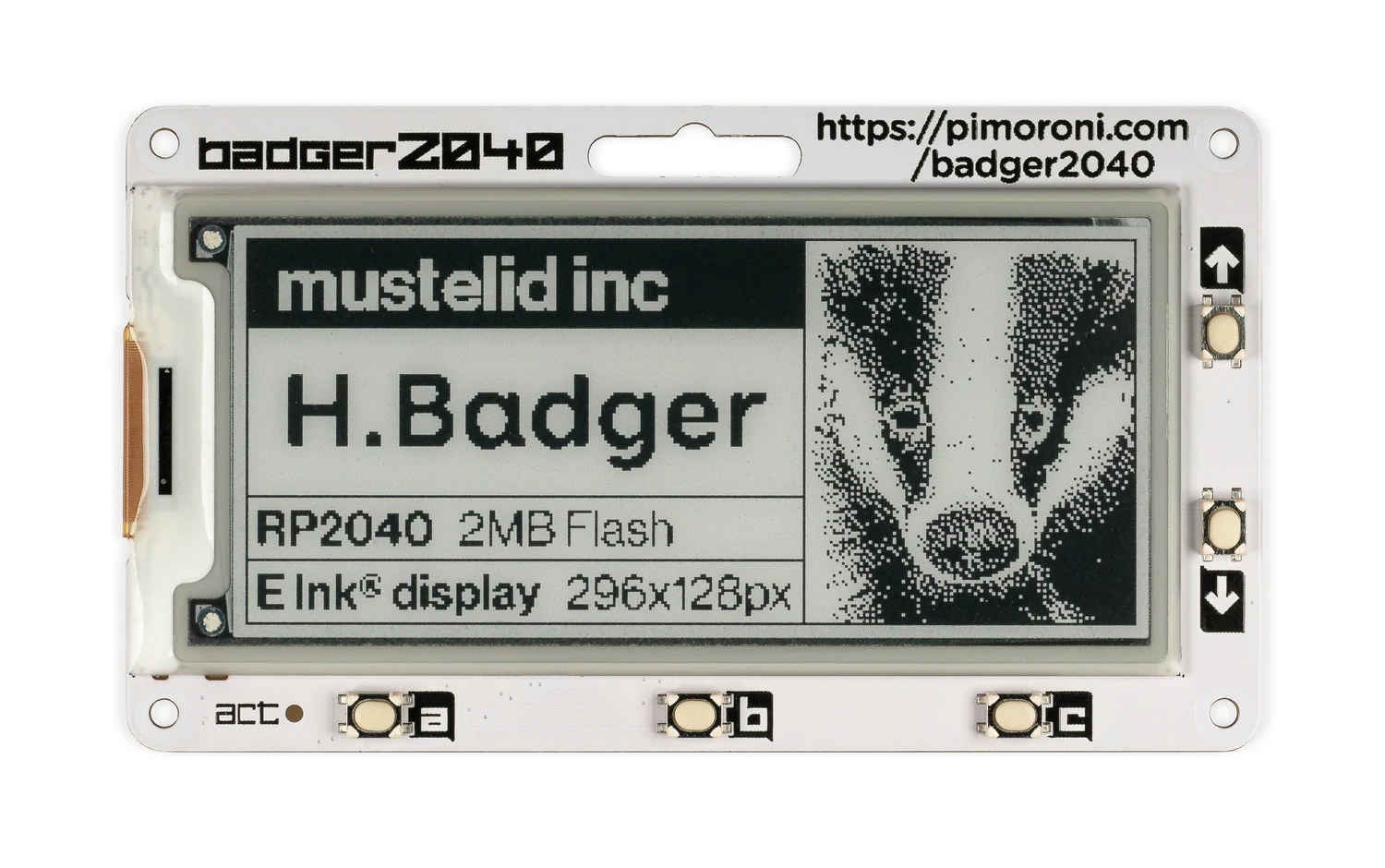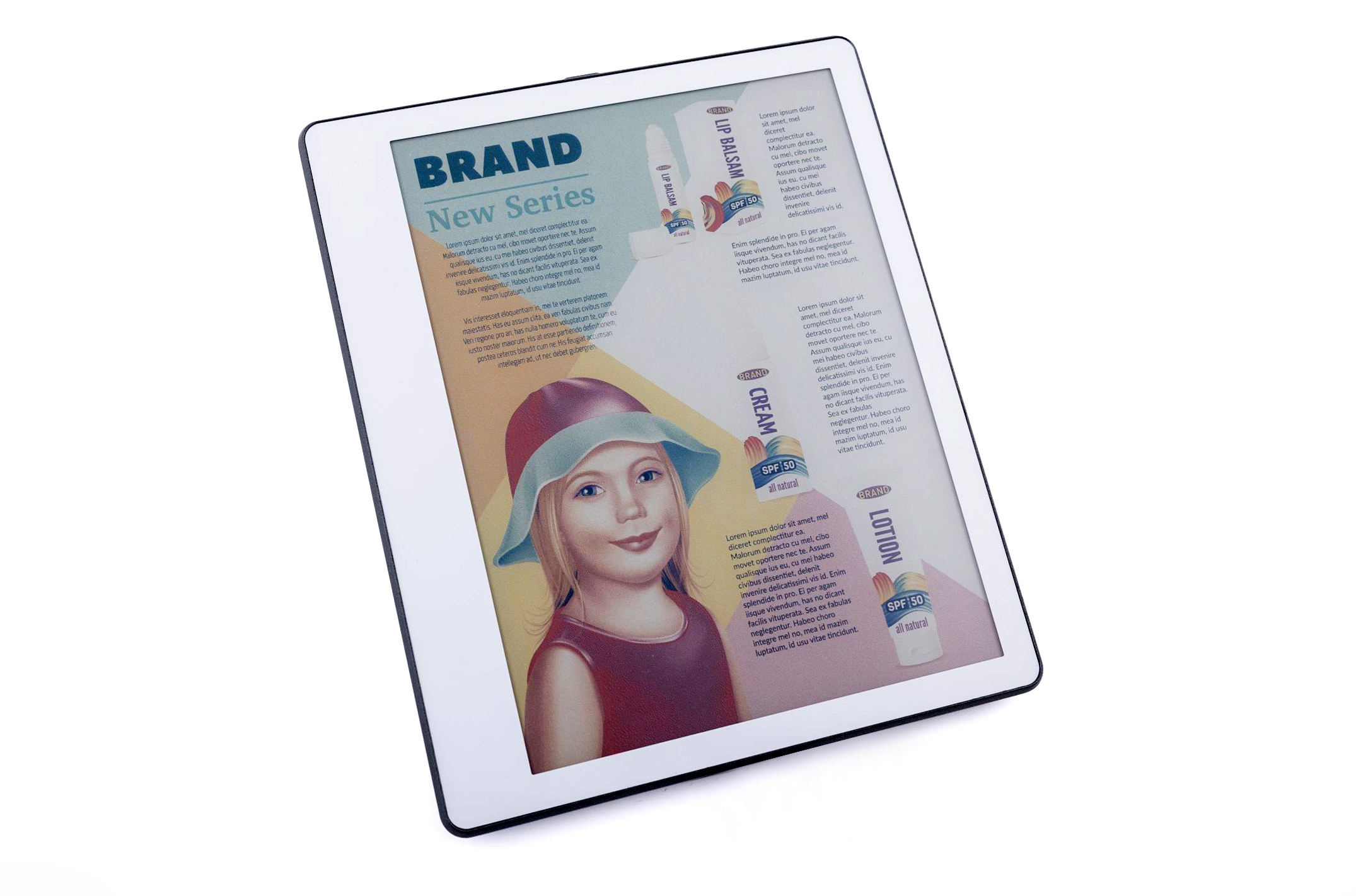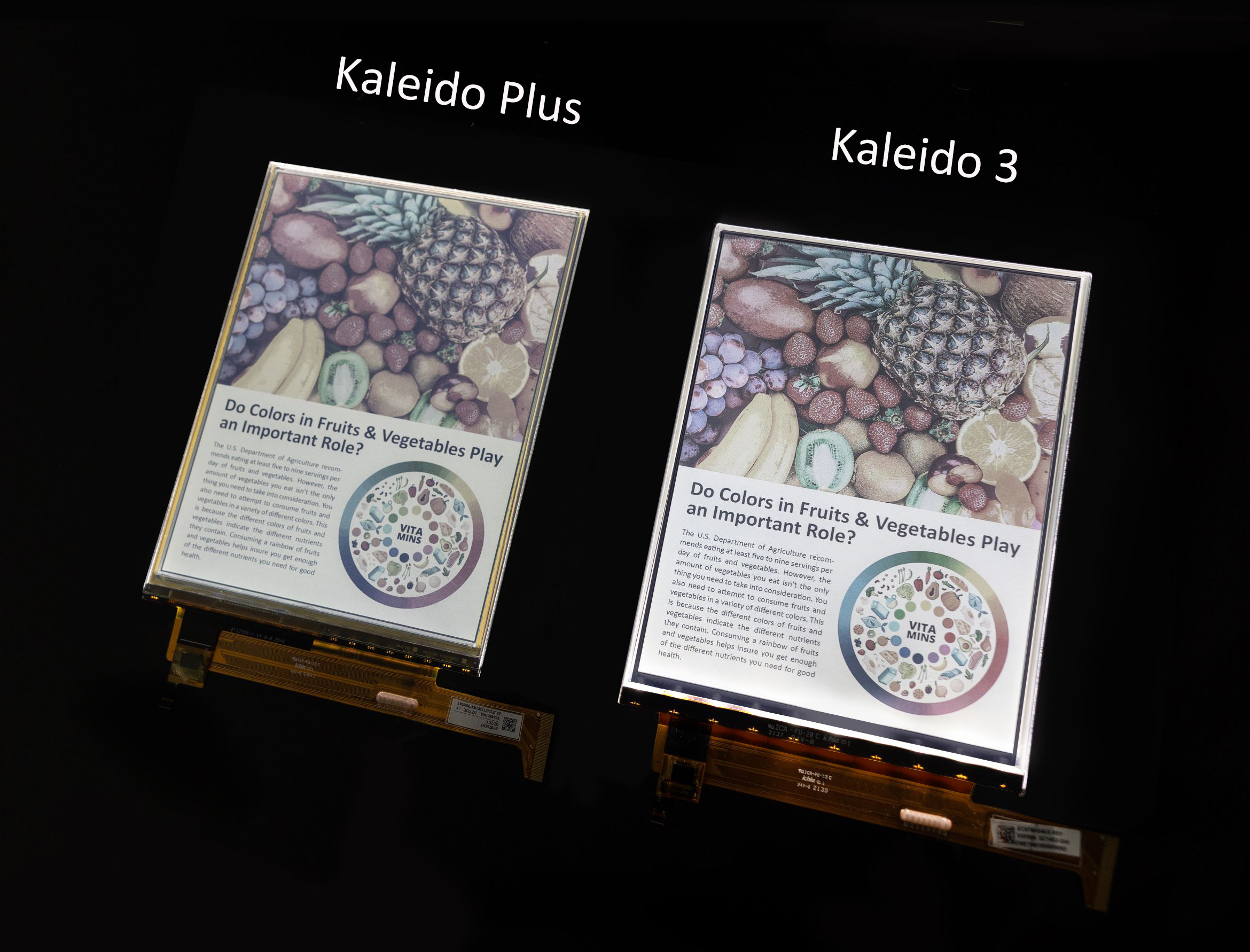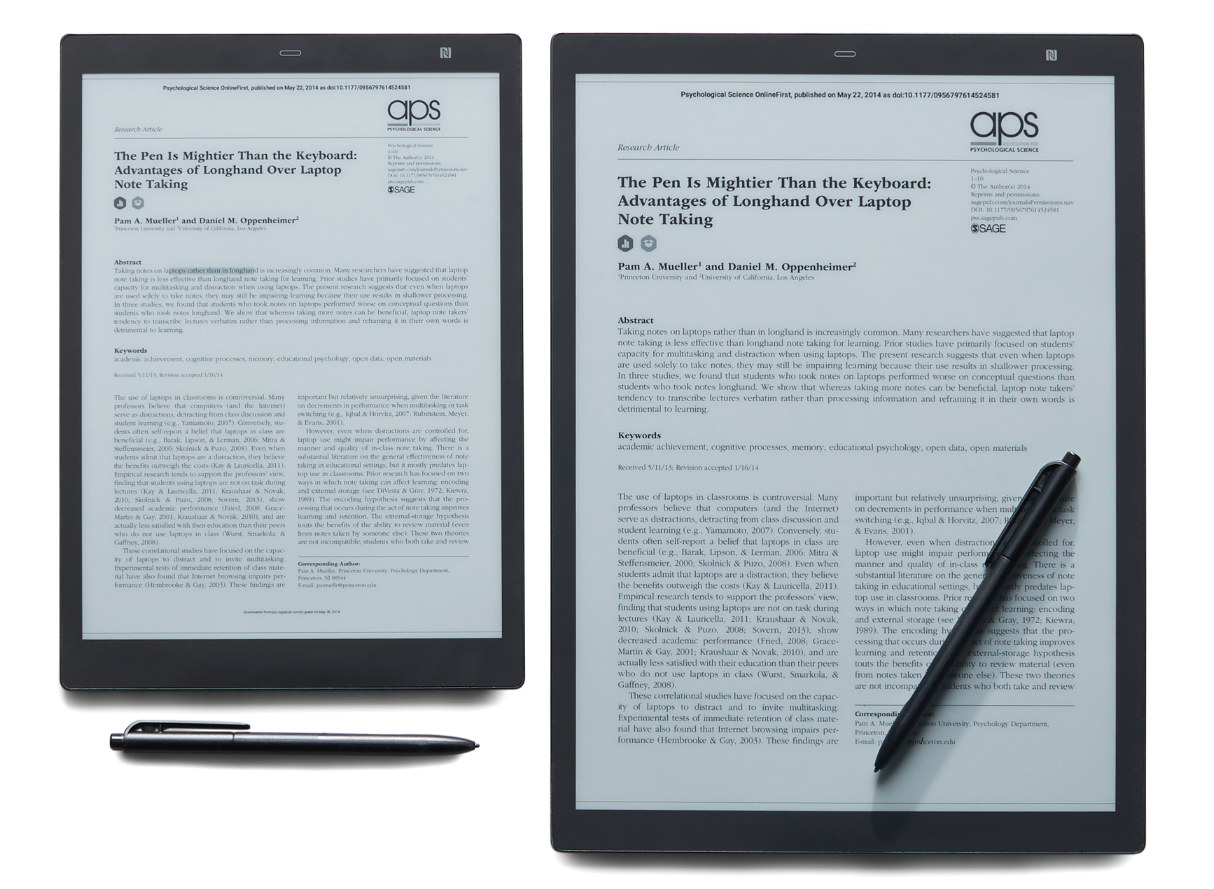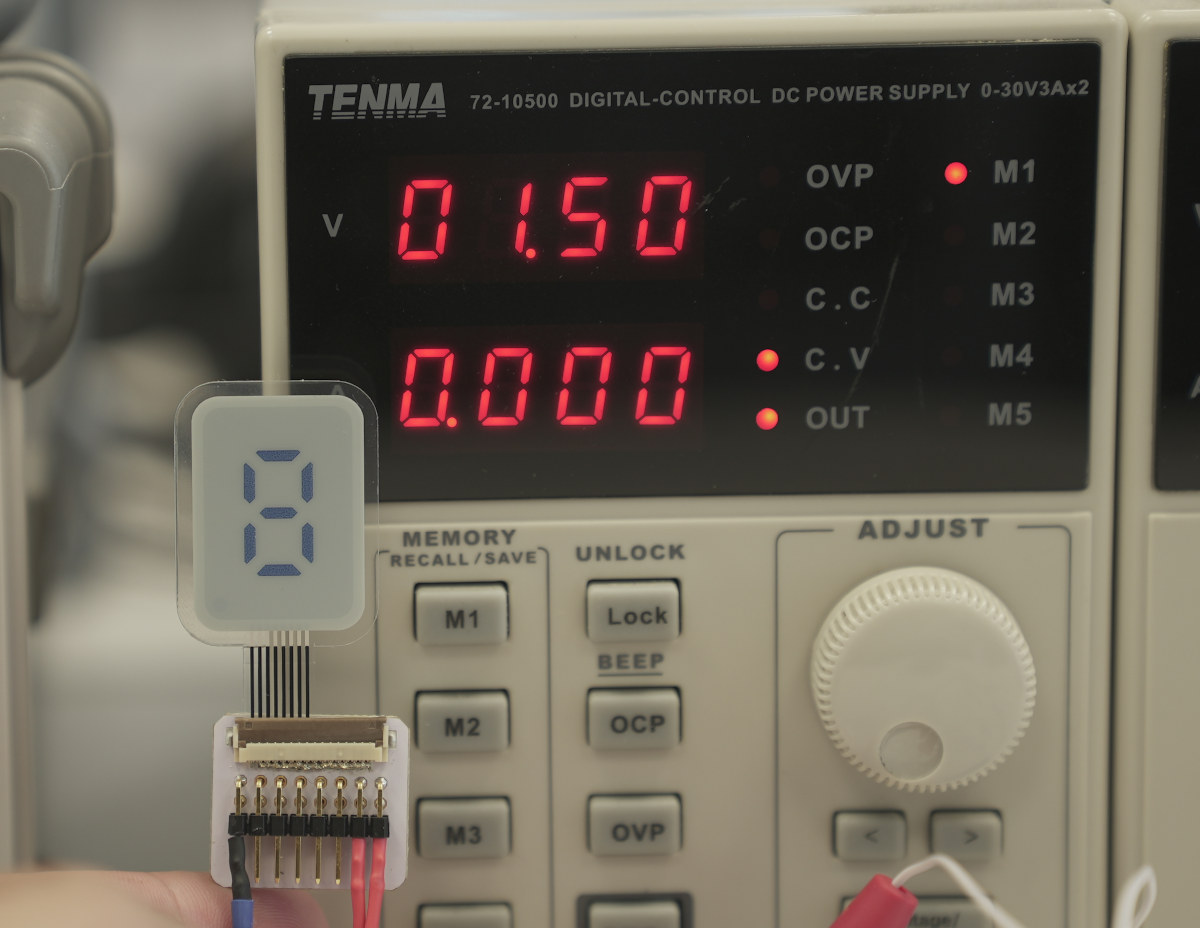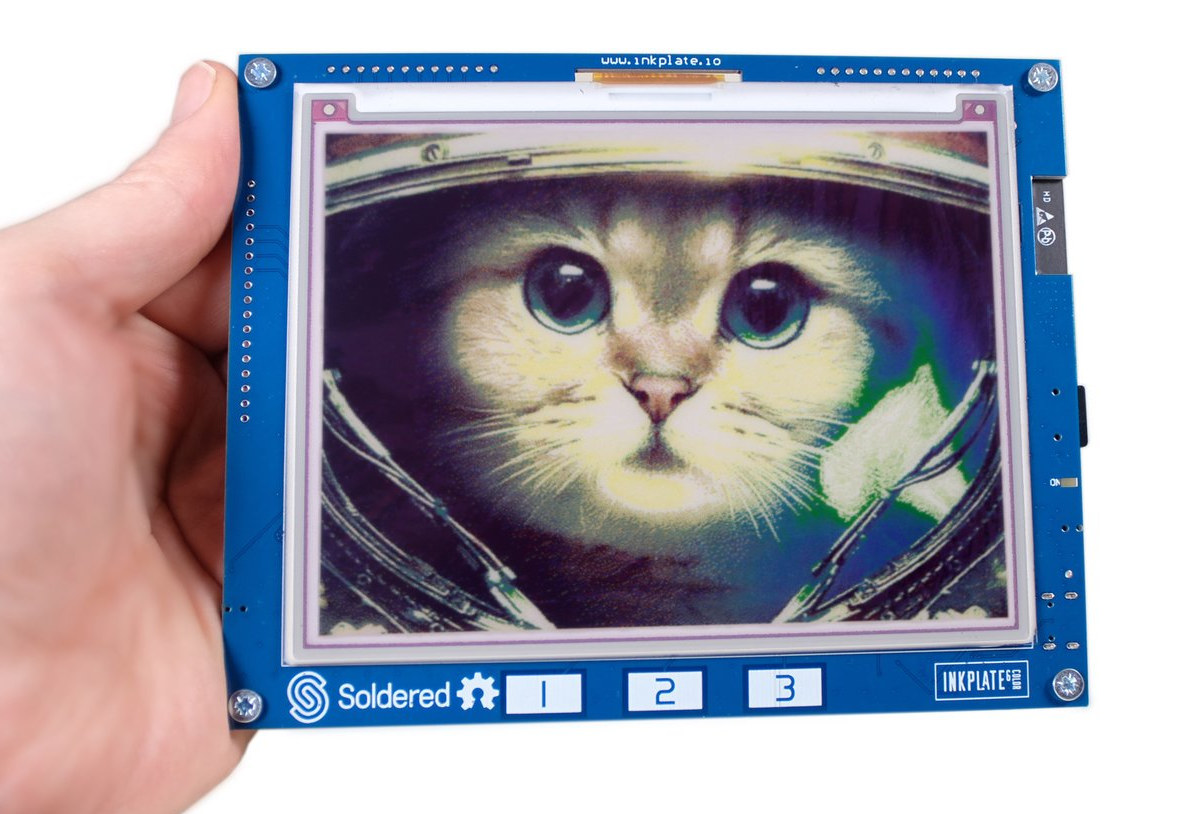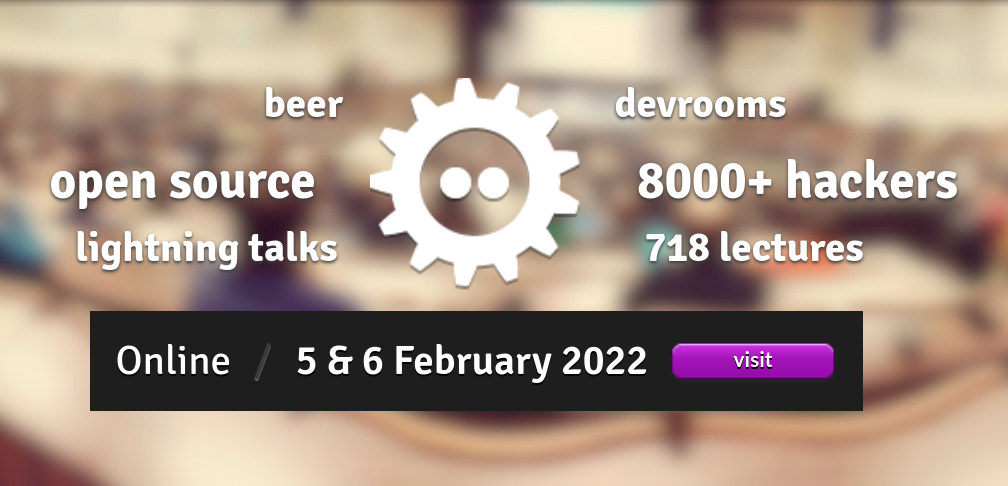Xiaomi Moaan InkPalm Plus is a 5.84-inch eReader powered by the same Rockchip RK3566 processor found in Pine64 PineNote 10.3-inch Linux eReader, and currently selling for 999 CNY, or about $150 US, on JD.com after a 100 CNY discount. The device looks more like a smartphone than an eReader with its relatively small display, but there must be demand for this type of hardware since it succeeds the earlier InkPlam 5 eReader with Allwinner B300 quad-core Cortex-A7 SoC, plus an even smaller 5.2-inch display. Inkpalm Plus specifications: SoC – Rockchip RK3566 quad-core A55 processor @ 1.8 GHz with Arm Mali-G52 EE GPU, 0.8 TOPS NPU (AI accelerator) System Memory – 2GB RAM Storage – 64GB eMMC flash Display – 5.84-inch E Ink display with 1440×720 resolution (276 PPI), front light with 24 levels and adjustable color adjustment, 5-point capacitive touch Audio – Mono microphone Connectivity – Dual-band 802.11b/g/n/ac WiFi 5, […]
Badger 2040 is a programmable E-Ink display powered by Raspberry Pi RP2040
Pimoroni Badger 2040 is a Raspberry Pi RP2040 board equipped with a 2.9-inch black and white E-Ink display with 296 x 128 resolution and programmable with C/C++, MicroPython, or CircuitPython. The board is not just an ePaper badge, as it also comes with five buttons, and expansion capability through a Qwiic/STEMMA QT connector plus some pads with UART, I2C, interrupt, and power signals. Badger RP2040 specifications: MCU – Raspberry Pi RP2040 dual-core Arm Cortex M0+ running at up to 133Mhz with 264kB of SRAM Storage – 2MB QSPI flash Display – 2.9-inch B&W E Ink display with 296 x 128 pixels resolution, ultrawide viewing angles, ultra-low power consumption; Dot pitch – 0.227 x 0.226 mm USB – 1x USB Type-C port for power and programming Expansion Qwiic/STEMMA QT connector 10 pads with I2C, an interrupt pin, UART, SWC/SWD, 3.3V, GND Misc 5x front user buttons Reset and boot buttons (the […]
E Ink Gallery 3 color ePaper offers faster refresh rate, higher resolution
This is confusing. E Ink just announced the Kaleido 3 color e-paper at the beginning of the month, and now comes up with E Ink Gallery 3 color e-paper. Before we try to look into the differences, let’s see what E Ink says about the new Gallery 3 color ePaper technology. Designed for the eReader and eNote markets, E Ink Gallery 3 is based on the E Ink ACeP (Advanced Color ePaper) with a full-color gamut achieved through a four-particle ink system: cyan, magenta, yellow and white, which allows a full-color gamut at each pixel. The earlier E Ink Gallery has a black and white update time of two seconds, and color updates of ten seconds. The new Gallery 3 ePaper technology slashes those times to 350ms for black and white and as low as 500 ms in fast color mode. The standard and best color modes have refresh rates […]
E Ink Kaleido 3 color e-paper display increases color saturation by 30 percent, reduces blue light reflections
E Ink’s latest Kaleido 3 color ePaper display increases color saturation by 30 percent compared to the earlier Kaleido Plus color e-paper display, integrates E Ink ComfortGaze new front light technology engineered to reduce the amount of blue light reflected off the surface of the display, in order to provide further comfort while reading. The new modules based on Kaleido 3 will be offered in various panel sizes including 7.8-inch, 10.3-inch, and 13.3-inch, support up to 16 levels of grayscale and 4096 colors, and target eReaders and eNote devices. E Ink explains that Kaleido 3 relies on the company’s Print Color ePaper technology, “where a color filter array (CFA) is used in conjunction with E Ink’s Carta black and white ink film, creating a full-color device for a more fully realized eBook shopping and reading experience”. As I understand it that part has not changed, and it’s just the same […]
E-Ink Digital Paper Tablet is about the size of an A4 or US Letter paper
While there’s now a bunch of devices with an e-paper display, be it tablets or eReaders, it’s harder to find a model that is about the size of A4 (297 x 210mm) or US letter (279 x 216mm) papers. E-Ink Digitial Paper Tablet solves this issue with an NXP i.MX 8M Mini-powered Android 9 tablet offering a 13.3-inch display (301.1 x 222.8mm), as well as a smaller 10.1-inch display, for business applications. Both digital paper tablets feature E-Ink Carta 1250 screen technology with a higher contrast ratio and faster refresh rate, come with a digital pen supported by Wacom’s battery-free EMR technology, and are said to last about three weeks per charge for light usage. E-ink digital paper tablet specifications: SoC – NXP i.MX 8M mini quad-core Cortex-A53 processor @ up to 1.8GHz Storage – 32 GB eMMC flash including 24GB for user data, or enough for about 10,000 typical […]
Ultra-low power printed flexible E-paper displays work with Arduino
Ynvisible Interactive will soon release upgrades to their printed flexible E-paper displays that consume 50% less energy per switch and can last 10 longer when switched on and off, with the company claiming to offer the lowest energy-consuming displays in the e-paper industry. Those displays are mostly used in specific industries such as digital signage, smart monitoring labels, authenticity & security, and retail. While we have very little information about the new upgrades, I’ve noticed the company is offering a development kit with several “ultra-low-power, thin and flexible Segment E-Paper Displays”, so let’s have a look. Here are some of the specifications of the displays part of the kit: White Reflectance – 40% Contrast Ratio (Yb/Yd) – 1:3 Angle Dependency – No, lambertian Thickness – 300 μm (0.3 mm) Graphical layout – Segments with 1mm to 100mm dimensions Response time – 100-1000 ms Driving voltage – 1.5 V (direct drive) […]
Inkplate 6COLOR – A 5.8-inch e-paper color wireless display (Crowdfunding)
Inkplate 6COLOR is a 5.8-inch color e-paper display equipped with ESP32 WiSoC to provide WiFi and Bluetooth LE connectivity, and programmable with the Arduino IDE or MicroPython. We’ve covered Inkplate ESP32-based e-paper displays since Inkplate 6 was launched in 2019, and since then the company introduced a larger model and an upgraded variant with a touchscreen display and higher resolution. But so far, all were grayscale models, and Inkplate 6COLOR is the first to come with color, or more exactly 7 colors. Inkplate 6COLOR specifications: Wireless module with dual-core ESP32 processor, Wi-Fi 4 & Bluetooth 4.0 (BLE) connectivity External storage – MicroSD card socket Display – 5.8-inch, 600 x 448 e-paper display with 7 colors (Black, White, Red, Yellow, Blue, Green, Orange) 128 DPI 25 seconds refresh time (manufacturer); tested by Inkplate: 10 to 11 seconds USB – 1x USB Type-C port for programming and power Expansion – Headers for […]
FOSDEM 2022 schedule with embedded Linux, IoT, automotive… sessions
While typically taking place in Brussels, Belgium, FOSDEM 2022 will take place online just like FOSDEM 2021 due to COVID-19 restrictions. The good news is that it means anybody can attend it live from anywhere in the world, and makes it more like “FOSDIM”, replacing European with International, in “Free and Open Source Developers’ European Meeting”. FOSDEM 2022 will take place on February 5-6 with 637 speakers, 718 events, and 103 tracks. I’ve made my own little virtual schedule below mostly with sessions from the Embedded, Mobile and Automotive devroom, but also other devrooms including “Computer Aided Modeling and Design”, “FOSS on Mobile Devices”, “Libre-Open VLSI and FPGA”, and others. Saturday, February 5, 2022 12:30 – 13:00 – Five mysteries in Embedded Linux by Josef Holzmayr Once you start out in embedded Linux, there is a lot to do. Some things are obvious, some less so. First and foremost, […]


